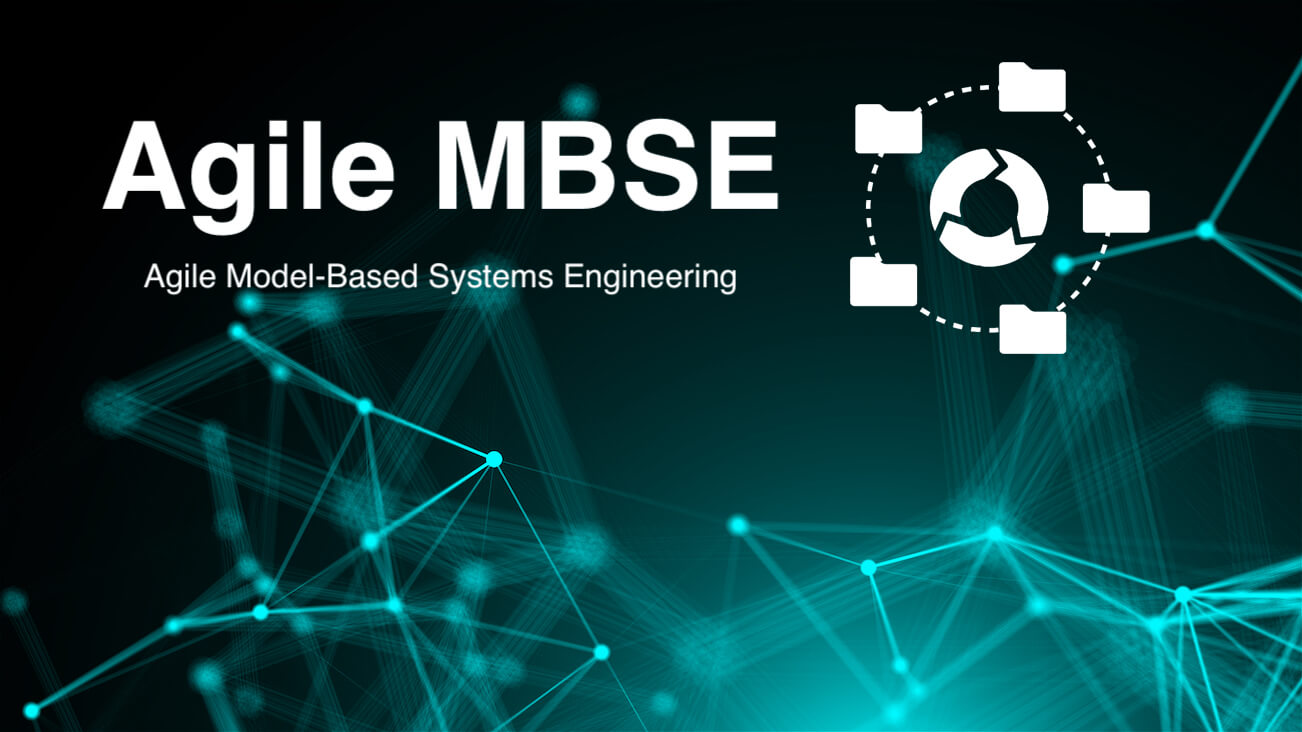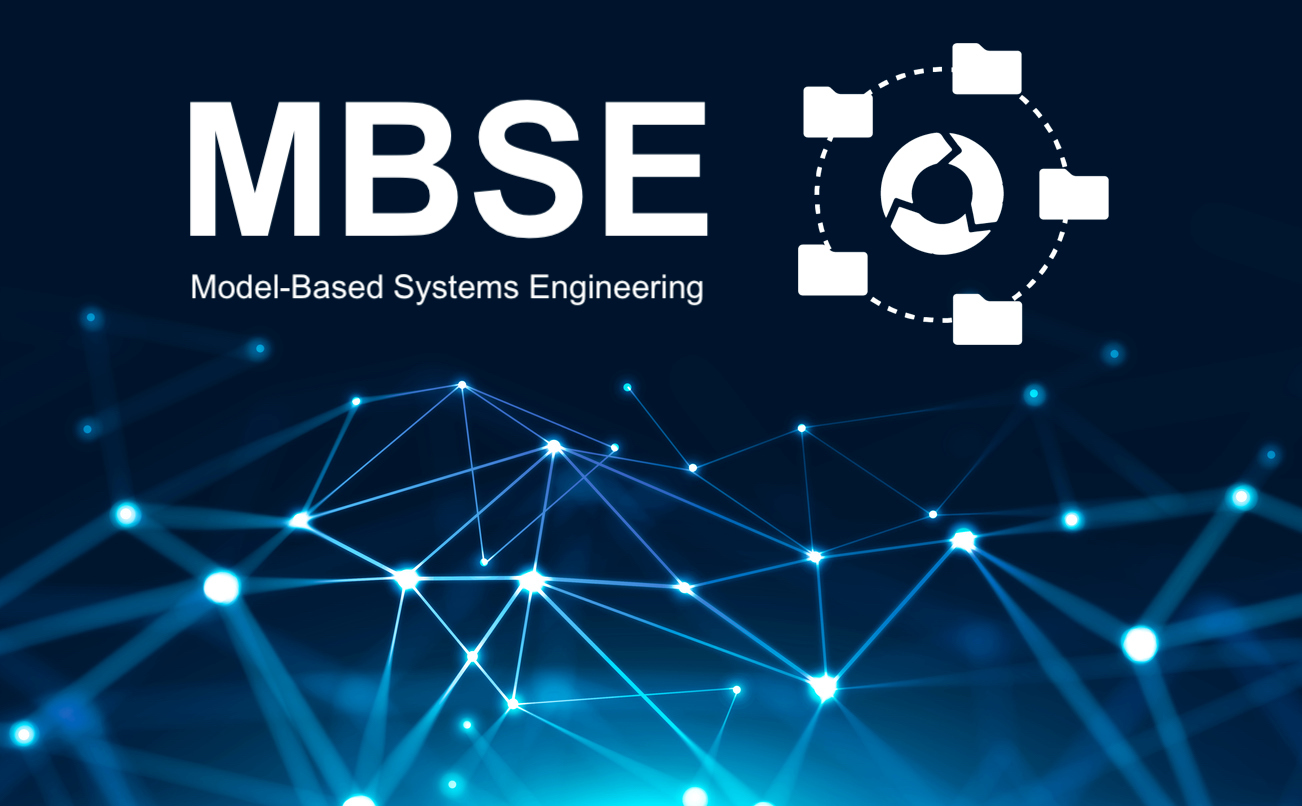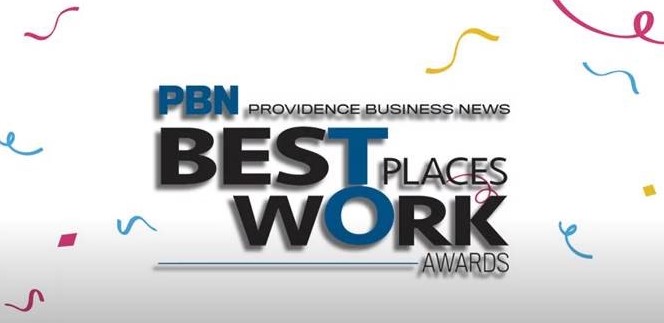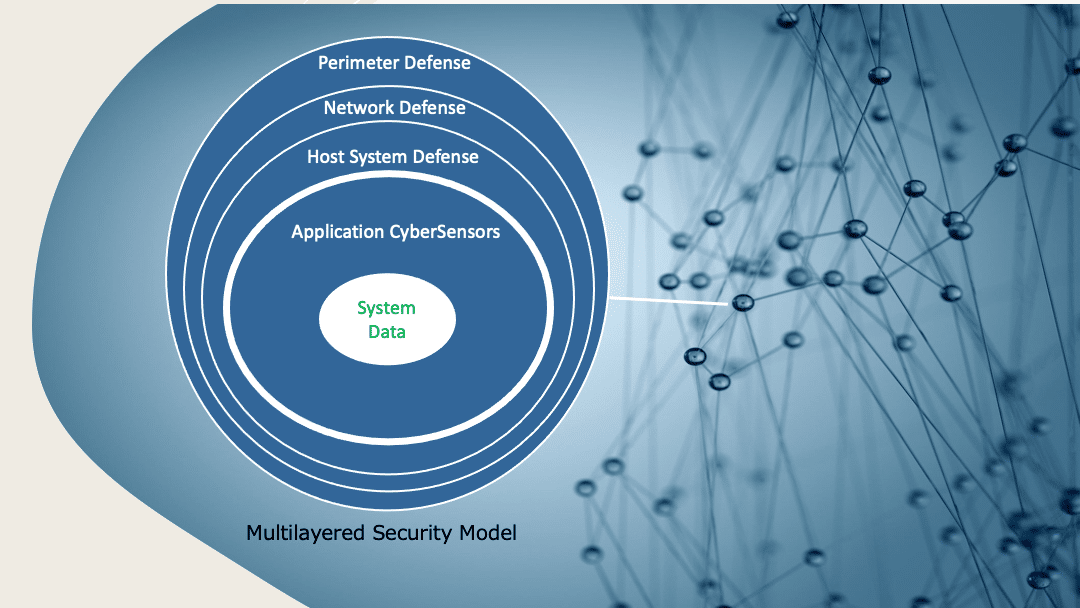In a previous blog post titled New Software Development Methods Require New Systems Engineering Methods, we established that a Document-Based Systems Engineering (DBSE) approach contradicts and restricts the fast-paced, agile software development methodology. We introduced Model-Based Systems Engineering (MBSE) as a way for organizations to fully realize the benefits of agile software development—reducing the cost and risk of an uncertain or complex project.
At the same time, adapting and implementing MBSE in an agile software development environment is not as easy as including MSBE tasks in sprints and a scrum framework. It requires iterative modeling processes, changes in modeling standards, frequent interactions with model stakeholders, and effective interfaces between MBSE and agile tools (e.g. Cameo Systems Modeler and Jira).
A different approach is required. Agile MBSE is the tailoring of MBSE methodologies, processes, and modeling techniques to ensure effective integration and use of MBSE in an agile environment.
Rite-Solutions has developed an Agile MBSE strategy, described in a series of whitepapers, presentations, and models, based on three critical items:
- Modeling techniques, standards, processes, guiding principles, and best practices required to ensure a clear, efficient, and trouble-free transition from DBSE to Agile MBSE.
- Interface options for Cameo Systems Modeler and Jira. These interface options are also applicable to other MBSE tools (i.e. Enterprise Architect and Rational Rhapsody).
- Clear value proposition to garner stakeholder support and make a smooth transition from DBSE to Agile MBSE.
Part of the Agile MBSE strategy also includes templates for generating deliverables and compliance documents. Unlike a document-based system, this can be done while providing rigorous, precise, agile, data-centric, and fully connected models to a wide variety of stakeholders.
MBSE is not totally new. The industry has had tremendous success using MBSE. The challenge for some organizations is that it requires an investment up-front. But, once the models are set up, they can be used for the rest of the system’s lifecycle, which can span decades.
In a recent implementation case study, two of our software development teams worked on the same project in parallel. One used document-based systems engineering methods, the other used Agile MBSE. Both teams tracked the time it took, using Jira, to complete tasks. The end result was a staggering 71% reduction in labor hours using Agile MBSE compared to the document-based approach!
Rite-Solutions has also used Agile MBSE with clients, most recently on a combat control system. Because of the tremendous upside, we have institutionalized our approach to MBSE, which allows government clients to focus on their core competency of agile software development.






